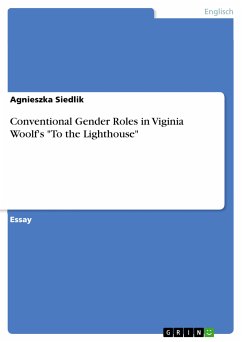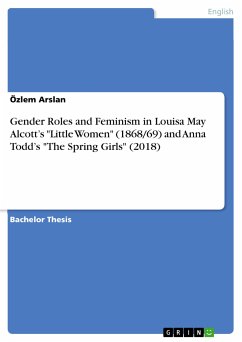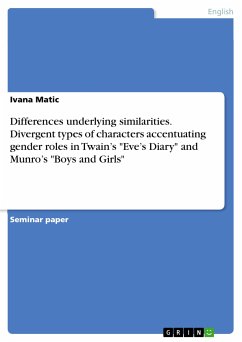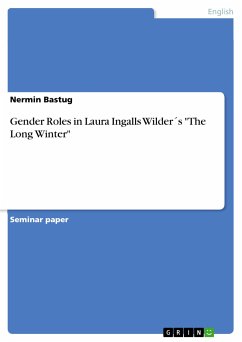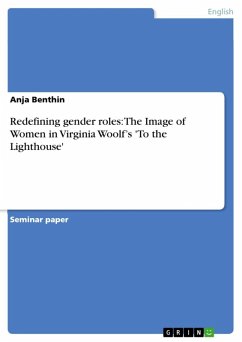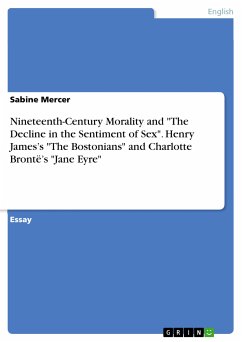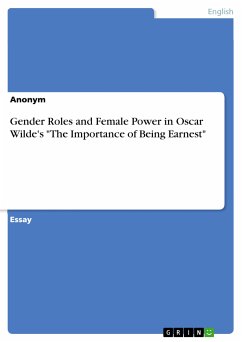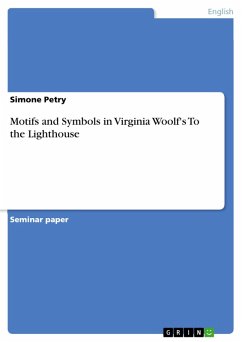Essay aus dem Jahr 2009 im Fachbereich Anglistik - Literatur, Universität Regensburg, Sprache: Deutsch, Abstract: Virginia Woolf's novel To the Lighthouse was published in 1927. Considering the period of its composition, it is not surprising that it was written in the literary genre of modernism. Woolf uses an anonymous narrator, who describes the characters subjectively in the third person. As there is a constant switch from the thoughts and feelings of one character to another, it is possible to see the real meaningless of life, an existential angst that each of the protagonists tries to overcome. Woolf deliberately uses characters that are quite similar to real people from her own childhood during the first World War, when England had an fairly stratified class system marked by extreme social differentiation, especially for men and women. The novel's setting mirrors her life, as well: the story takes place both before and after the Great War. I will begin my analysis by describing all the gender roles in To the Lighthouse and attempt to show how they influence each character. I will place particular emphasis on Mr. and Mrs Ramsay, as well as Lily Briscoe, in order to demonstrate their way of life and their problems. I will then examine Virginia Woolf's own family and era, for they constitute an archetype of a family living under the class system characteristic of the time. At this point, I will also demonstrate how Virginia Woolf's parents served as models for the characters of Mr. and Mrs. Ramsay. Furthermore, I will focus on Lily Briscoe and illustrate how she tries to adopt some of the Ramsay's positive traits and gradually discovers her own female identity. To conclude, I will compare Virginia Woolf with Lily Briscoe to show that they are quite alike, and that her family resembles the Ramsays significantly. "To the Lighthouse," as Bowlby writes, "represents a darker insight into the woman's `structurally untenable position` within male-dominated society, subtly undermining any complacently `androgynous` ideal unity" (8).
Dieser Download kann aus rechtlichen Gründen nur mit Rechnungsadresse in A, B, BG, CY, CZ, D, DK, EW, E, FIN, F, GR, HR, H, IRL, I, LT, L, LR, M, NL, PL, P, R, S, SLO, SK ausgeliefert werden.

